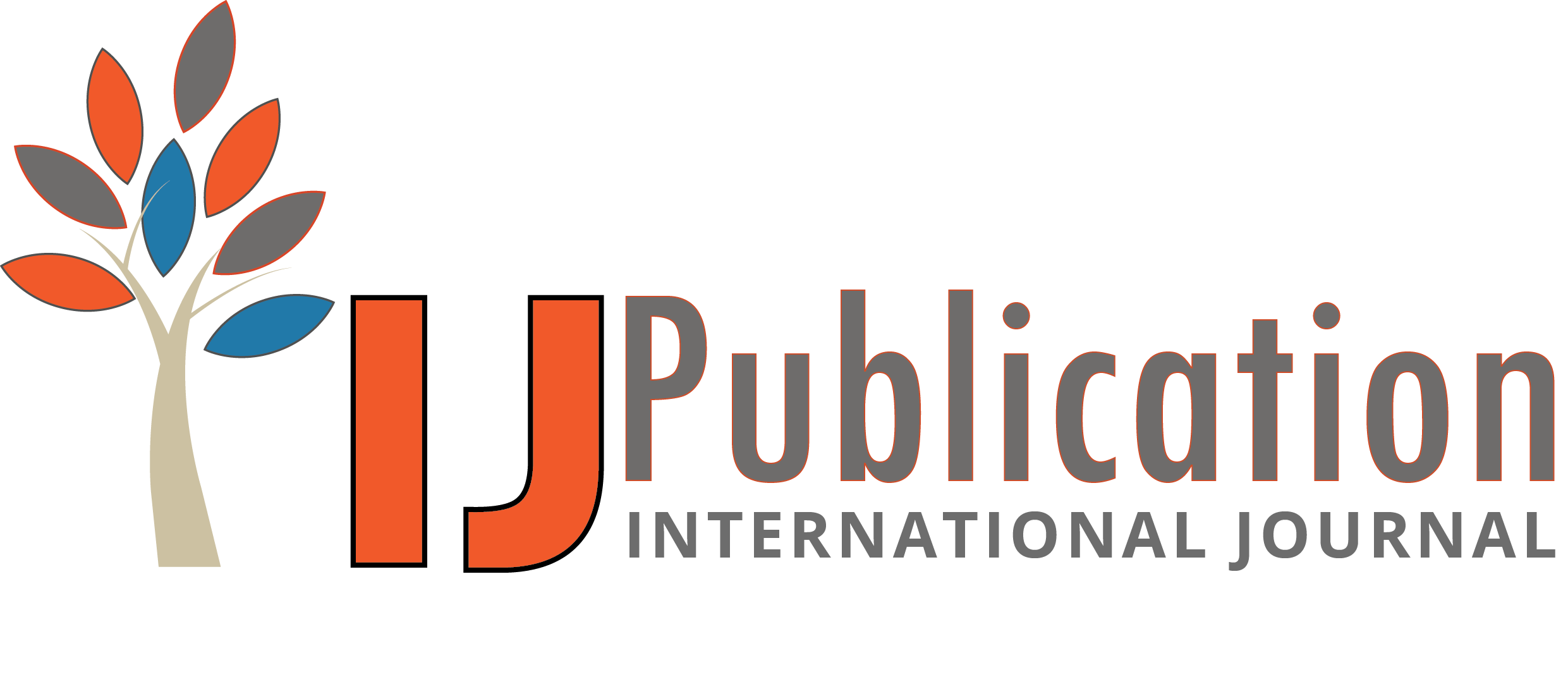Rajesh Kumar kanji Reviewer
03 Oct 2025 10:00 AM
 Approved
Approved
Relevance and Originality This article is highly relevant in the context of enterprise customer communication management, a domain that has grown increasingly important as businesses seek to streamline their customer service operations. The focus on Siebel Email Response, a widely adopted platform, offers significant value to organizations looking for efficient communication solutions. The article stands out by emphasizing the modular design and cross-application implementation capabilities of the system, offering a fresh perspective on its role in improving both scalability and operational efficiency. However, the originality could be enhanced by drawing more comparisons with other similar systems or by discussing potential innovations that could further optimize Siebel’s functionality in evolving business environments.Methodology The article employs a detailed and systematic approach to examining Siebel Email Response’s features, offering a thorough breakdown of its architecture, protocol compatibility, and integration capabilities. While the analysis is robust, there is limited information on the research methodology used to gather insights. Including a more detailed description of how the data was collected—whether through case studies, technical performance reviews, or user surveys—would add credibility to the findings. Furthermore, examples of how the system performs in real-world scenarios would provide practical context and help readers assess its true impact on enterprise workflows.Validity & Reliability The findings presented in the article are well-supported by the detailed technical evaluation of Siebel Email Response’s architecture and features. The article does a good job of demonstrating how the system’s components contribute to better customer service performance and operational efficiency. However, the reliability of the findings could be strengthened by including data from a range of enterprise environments or industry sectors to test the generalizability of the system’s effectiveness. More discussion on potential limitations of the system, such as compatibility issues or challenges with large-scale implementations, would improve the balance of the conclusions.Clarity and Structure The article is clearly structured, with each section logically flowing from one to the next. The detailed breakdown of Siebel Email Response’s components is well-organized, making complex technical concepts easier to follow. However, while the technical depth is impressive, certain parts of the article could benefit from further clarification, especially in explaining the more intricate details of workflow configuration and background processing. Simplifying these explanations or providing diagrams could enhance the accessibility of the content for a wider audience, particularly those who may not have a technical background in Siebel systems.Result Analysis The analysis of the results is comprehensive, offering a clear understanding of how Siebel Email Response contributes to improved communication processes within organizations. The article highlights the system’s ability to facilitate cross-application integration, support advanced routing, and automate workflows, all of which are critical to enhancing customer service and operational efficiency. However, the article could benefit from a deeper exploration of how these features influence long-term organizational goals and how they scale with increased user volume or complexity. Additionally, including user feedback or case studies that showcase tangible outcomes would provide a more grounded perspective on the system’s real-world impact.








Rajesh Kumar kanji Reviewer